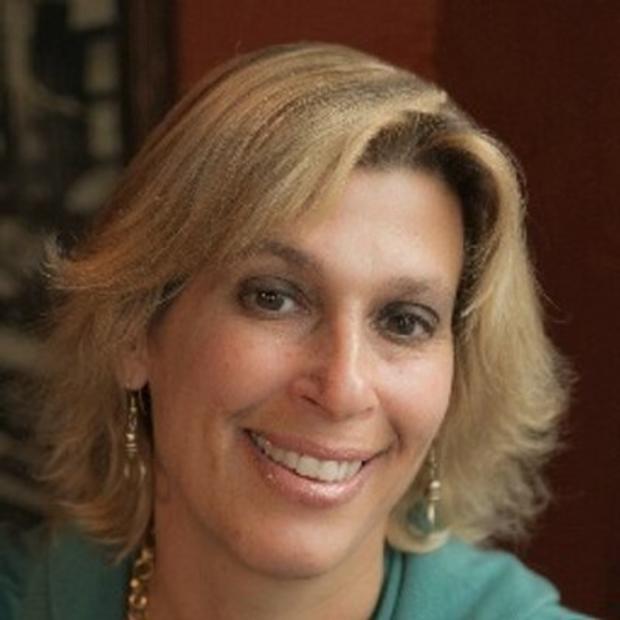The small, earnest crowd assembled in the Ballard High School commons was united in its purpose: Help Seattle Public Schools craft a new long-term strategic plan to replace the 2008 "Excellence for All" plan, drafted during the tenure of then-Superintendent Maria Goodloe Johnson. That five-year plan, set to expire soon, has achieved limited success in its goals of ensuring excellence in every classroom, strengthening District leadership, building a solid District infrastructure and strengthening community engagement.
This time around, the District has hired Pivot Learning Partners, a California-based educational consulting firm, to assist in the development of a revised plan. It convened a 70-person task force of families, teachers, principals, staff and community and business members, which met for three months to assess "Excellence for All" and recommend changes.
Mona H. Bailey, a retired Seattle Public Schools District Administrator, who served on the task force, feels good about the work it accomplished. “We had four intensive sessions and agreed that the vision articulated in 'Excellence for All,' in large part, was correct." Bailey says the new plan was refined to include a sharper focus on strategies.
The two plans share similar goals: ensuring excellence in every classroom, developing effective leadership, investing in infrastructure improvements and fostering strong school and community partnerships. The 2013 iteration takes things further, with specific strategies to address the achievement gap, and concerns about equitable access to learning programs and disproportionate discipline policies.
In five outreach sessions conducted around the city during the first two weeks of April, community members have been invited to comment on the plan’s framework. “We need to be sure the framework is correct before we put skin on the bones,” explained Pivot Learning Partners facilitator, Paul Mercier, a retired schools superintendent.
But though the proposed framework received mostly positive feedback, the “skin on the bones” preoccupied many meeting participants. During group breakout discussions, facilitated by Pivot Learning Partners and District staff, community members were asked to comment on the strengths and challenges of the draft strategic plan and make recommendations to ensure its successful implementation. In particular, the strategic planners want to know how they can ensure the community values and feels ownership over the new plan.
Some meeting participants felt the new mission statement, with its focus on closing the achievement and opportunity gaps, is too narrow and does not address the needs of all students. With the budget still a moving target, how would resources be allocated and goals — such as the implementation of early learning programs — be funded?
Perhaps most important, in a District that historically has been short on accountability and weak on implementation, community members asked how the plan would be monitored and whether the community would be regularly updated on its progress.
Mercier says he has received similar feedback at other community meetings. The District’s strategy team says the meetings have attracted relatively small groups of participants, with the exception of the Northeast community meeting, which was very well attended. Parents in that region of the city have formed an organized group to represent what they refer to as “the voice of the Northeast.”
To broaden its reach, from April 1-15, the District is conducting a community survey about the plan, which was emailed to families and can also be accessed on the District website. Paper copies of the survey were provided at community meetings. Some meeting participants, who stumbled over the plan’s terminology, expressed concern that its wonkish language and list of definitions may be off-putting to some. Though the survey is available in several languages, one wonders whether there are direct translations for “growth mindset and perseverance,” “equitable access framework” and “multi-tiered systems of support” in Spanish, Chinese, Vietnamese, Tagalog or Somali.
As the process currently stands, there is no further opportunity for public comment regarding the plan’s implementation strategies, though Mercier invited community members to express their concerns at relevant School Board meetings. After soliciting community and School Board feedback, the task force will reconvene in early May to review feedback and recommend edits to the plan. Mercier says there are “two more layers of objectives and metrics” to be developed before the final draft is introduced to the School Board at its June 19 meeting. The Board will vote on the plan at its July 3 meeting.
A prescription for community buy-in
Our diverse, yet bifurcated school District, has long struggled with how to develop strategies to benefit all students, while addressing the needs of specific regions, or student learner groups. In addition, lack of regional consistency and limited coordination among primary, middle and high schools further polarizes communities.
The development of a new strategic plan provides an opportunity to remedy this by deploying the District’s regional Executive Directors, currently charged with focusing on instruction, to also support and galvanize communities. At annual regional education town halls, they could bring together primary and secondary school staff and families, as well as community members and business owners, to articulate the District’s goals and implementation strategies, listen to community concerns and, most important, be accountable for success.
In addition, Mona Bailey, who served as a secondary principal when busing was introduced in Seattle, suggests fostering partnerships among schools in different parts of the city: “Let them share and take turns hosting arts festivals, or science and math Olympiads. Start small, but let the parents and students share the experience. I think it would explode.”


